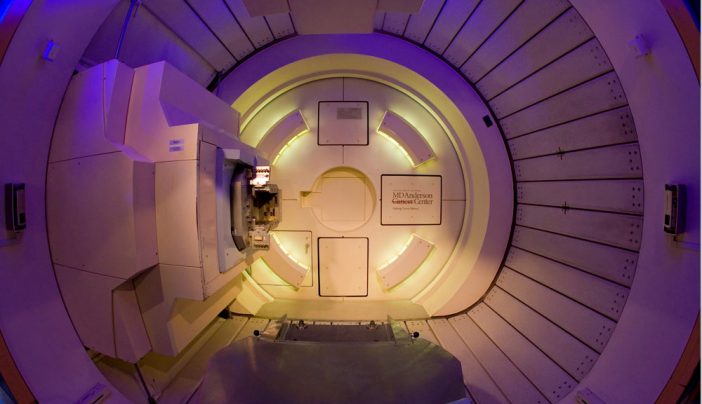As of july 2020 this now includes an online faqs guide.
Proton beam therapy for glioblastoma uk.
Proton beam therapy is an advanced form of external radiotherapy that uses high energy proton beams instead of photon x ray beams or electrons.
Proton beam therapy is a type of external beam radiotherapy.
The guide to proton beam therapy this information is written for you in 10 easy to understand sections to be used individually or as a complete set.
Up until very recently everyone needing high energy proton beam therapy had to go abroad for treatment.
Twenty three of 81 gbm patients who met the eligible criteria and consented to the protocol were treated with x ray radiation therapy 50 4 gy in 28 fractions in t2 high areas and proton beam therapy 46 2 gye in 28 fractions in gadolinium enhanced volumes 6 hours after x ray radiation therapy concurrent with nimustine.
There are also other new discoveries in adult and childhood brain cancer research and treatment.
It is more targeted than conventional radiotherapy so does less damage to the healthy tissue around the tumour and in the rest of the brain.
The rest of this page is about high energy proton beam therapy which is used to treat some other types of cancer.
Developing the uk proton beam therapy service.
A ground breaking clinical trial is treating glioblastoma with intensity modulated proton therapy impt.
Both trusts have more information about the new proton beam therapy centres on their.
Glioblastoma multiforme is one of the toughest brain tumors to treat and also is one of the most aggressive.
Proton beam therapy pbt is a type of radiotherapy that uses beams of protons energised particles instead of beams of x rays photons that are used in conventional radiotherapy.
In 2009 the uk government made the decision to set up a national nhs proton beam therapy service.
The government committed 250 million capital investment for both nhs proton beam therapy centres.
Proton beam therapy pbt has been available to uk patients since 2008 through the nhs funded overseas programme and the clatterbridge cancer centre has treated patients with rare eye cancers with low energy protons for many years.
Carefully measured doses of protons are delivered to the precise area needing treatment using the latest iba proteusone technology.

